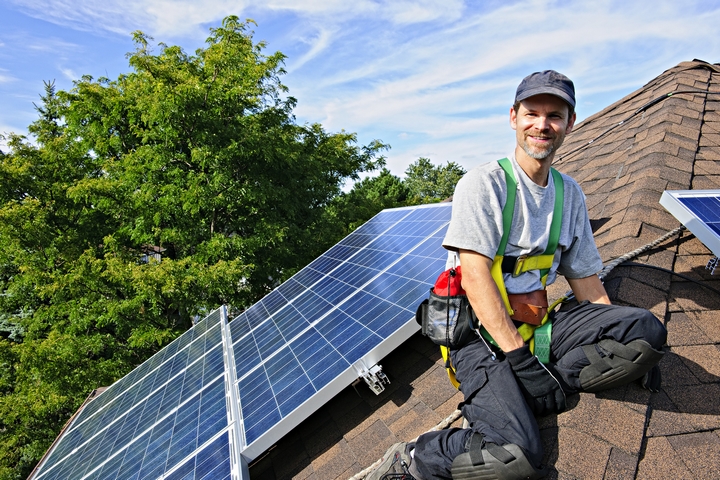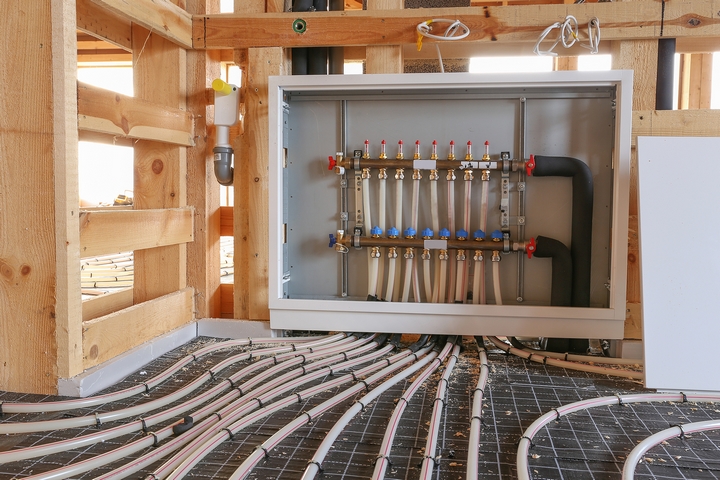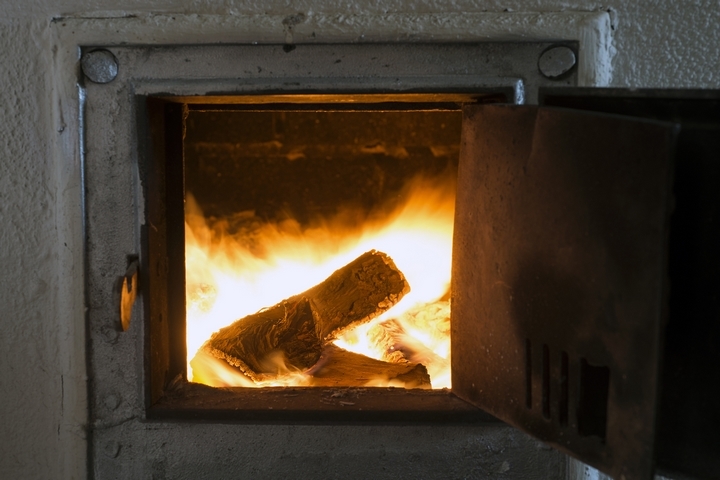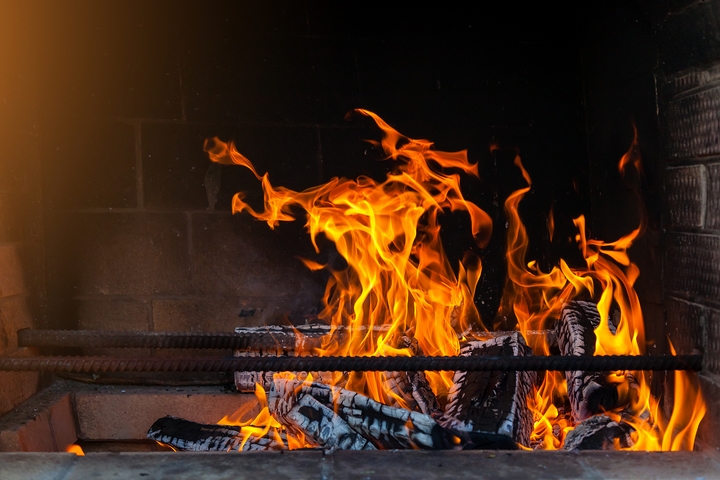7 Most Sustainable Heating Options for Your Home

Every season brings with it several benefits, as well as numerous disadvantages. When huddled around a campfire for some warmth during a summer night, it is a remarkable sensation. Warmth, as it turns out, has to be dialed up a notch as the winter season approaches. For those who are also environmentally-conscious, this could pose some issues.
Many of our established heating systems are not as friendly to our planet as you’d initially believe. Thankfully, there are a few sustainable heating options available on the market to rectify this problem.
To save some money and be more earth friendly, check out these sustainable heating options for your home:
Option #1: Solar Power Heating

There is probably no cleaner heating option more famous than solar power heating. Not only can it be used to power up your home, but it can also be used for warming it too. For the most part, solar power heating comes in two formats. The first variation is known as a hydronic collector.
This type of solar power heating uses liquid at its core, and heats it up to warm the house’s interiors. On the flip side, solar power air systems are another viable option. In essence, air systems work just like generalized HVAC systems when warming your home. The sun is an immensely useful tool, even for heating your property!
Option #2: Wind Power Heating

Wind power is another sustainable heating option with a great positive impact for the environment. Believe it or not, but wind power can also be a worthwhile investment for heating purposes. Wind can be used as a basis to not just create heat, but produce it in a sustainable manner. By working in conjunction with a water heater, you effectively have the means to create long-lasting heat.
The only downside to using wind power, as opposed to solar power, is the location you are in. If you’re not in an area that can generate enough air flow, this option may not work as effectively. However, if your property is positioned correctly, this is an immensely practical system to work with.
Option #3: Hydronic Heating Systems

When the natural resources of the sun and the wind are not available, you are still in luck. One excellent option to employ is a hydronic heat system. These structures work by installing some pipes under your home’s flooring. The pipes will run hot water through them, and can be distributed accordingly throughout the house.
How exactly do the pipes work? They are connected to a boiler of some kind, which uses geothermal power to boot up the heat. Hydronic heating systems can come in different variants as well, such as conduction. Depending on how your home is structured, you should still be in good shape for its installation.
Option #4: Wood Burner Heating

For a more intimate way of creating sustainable heating in your home, this is a classic alternative. New models of wood burners don’t have the drawbacks that their older variants do. Instead, they are eco-friendly by design, and take into account efficiency for creating heat indoors.
When installed correctly, wood burners are powerful enough to heat up your entire home without issue. Just be sure to determine beforehand, how much wood you will be using. Some require a large quantity of wood to work as advertised. Keep your wood burner in a safe area too, as a precaution!
Option #5: Pellet Stove Heating

As an alternative to the established wood burner, pellet stoves can create sustainable heat just as effectively. However, instead of using wood as its main ingredient, pellets are burnt to warm the home. The pellets themselves are comprised of environmentally-clean ingredients. From waste products, to switch grass, you don’t have to worry about harming the atmosphere.
One great advantage of using this heating system is that it is inexpensive, and easy to install. Pellet stoves can hover around two-thousand dollars, but may grow in cost if your home is bigger. There is no need to worry about chopping wood, and other manual labour with this system!
Option #6: Masonry Heating

Similar in vein to the aforementioned hydronic systems, masonry heating is another eco-friendly option. Heat is trapped inside of a compartment of bricks, which is then distributed into the air. This helps to generate less pollution than even the cleanest sustainable heating options available.
Option #7: Geothermal Heating Systems

By harnessing the warmth of the earth itself, this clean option for creating heat is very efficient. Geothermal systems work by using temperatures deep inside the planet to warm your household. Less energy is utilized here, which helps to lower your utility bills by a good chunk.
When the colder months approach, you should take all options available to keep your indoors warm. Thankfully, you don’t have to sacrifice going green to do this. By implementing one of these systems, you can rest assured that you are doing your part to help the environment!


